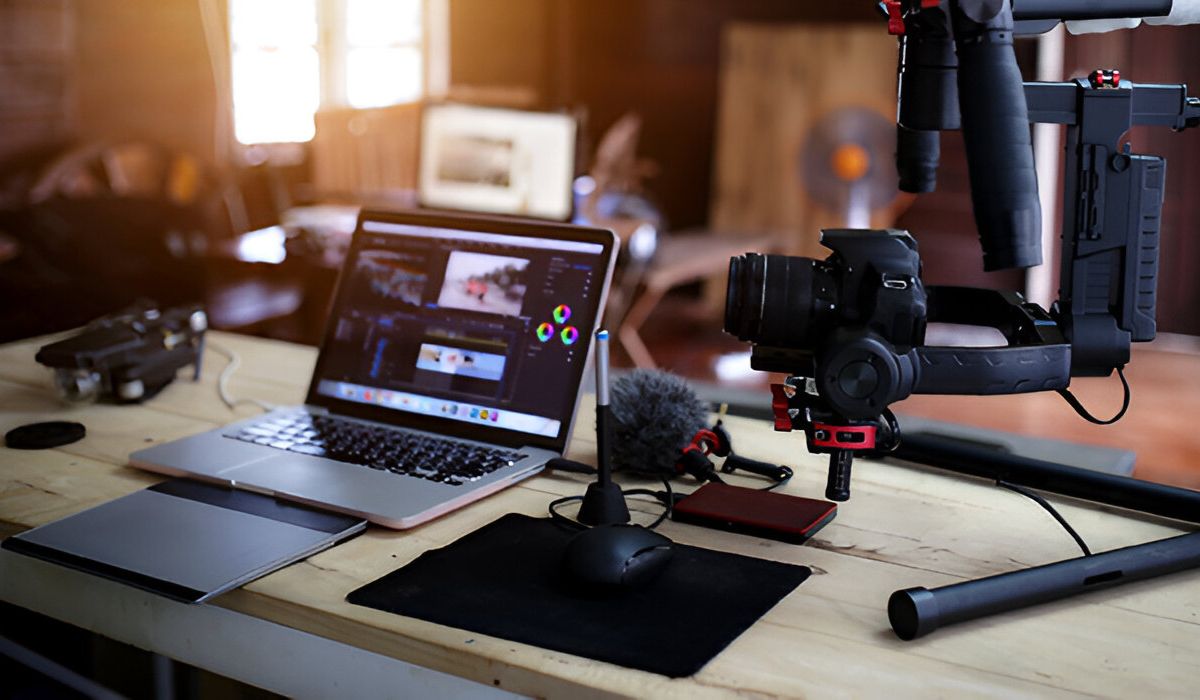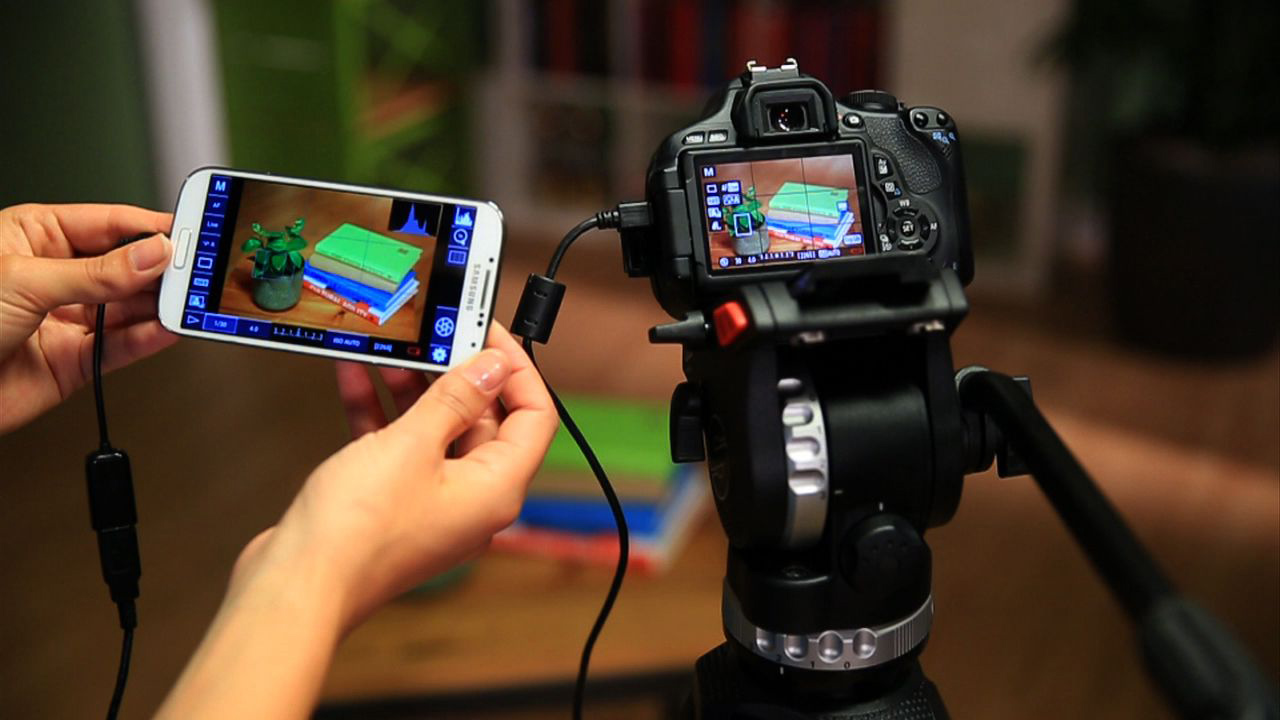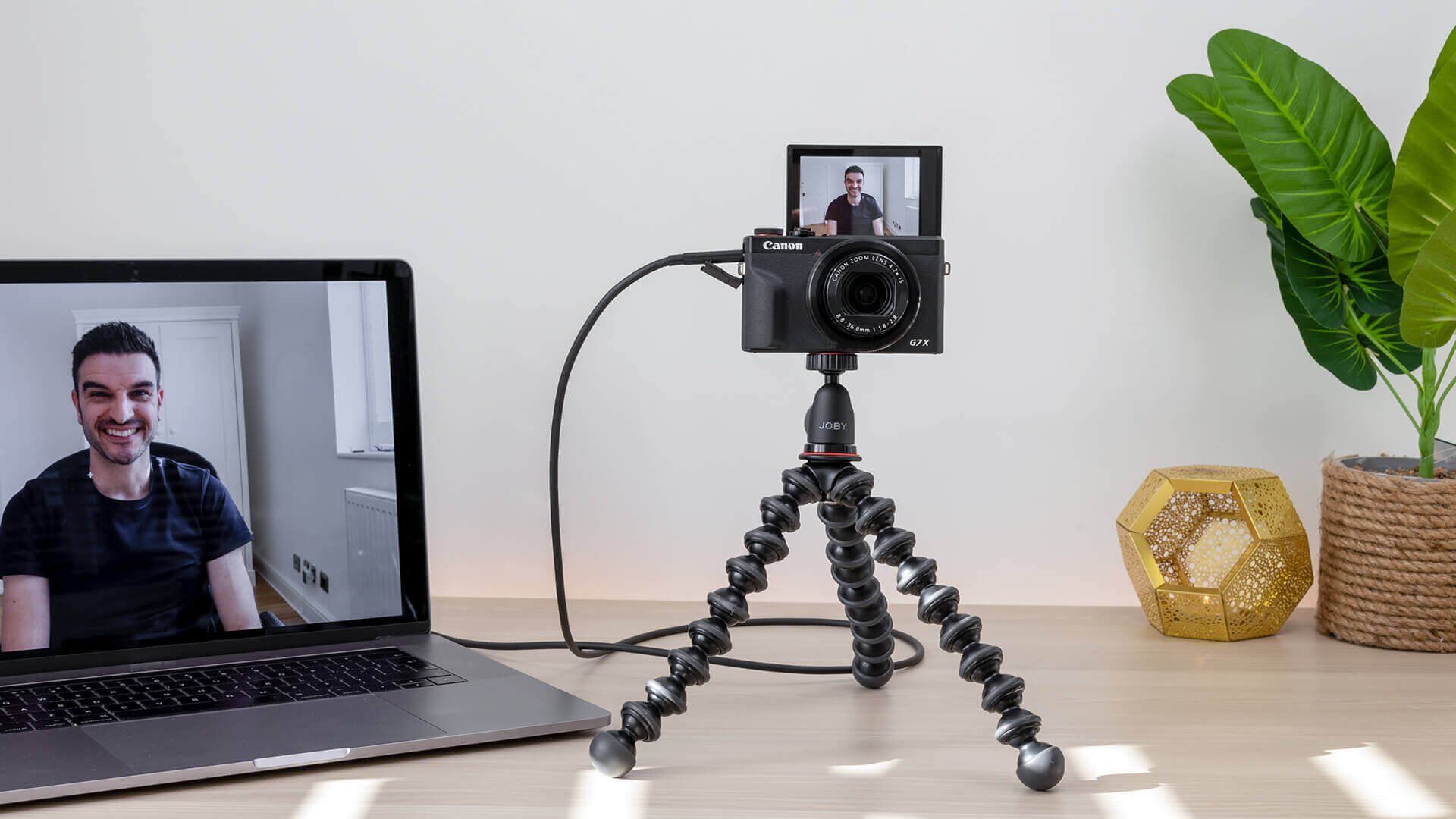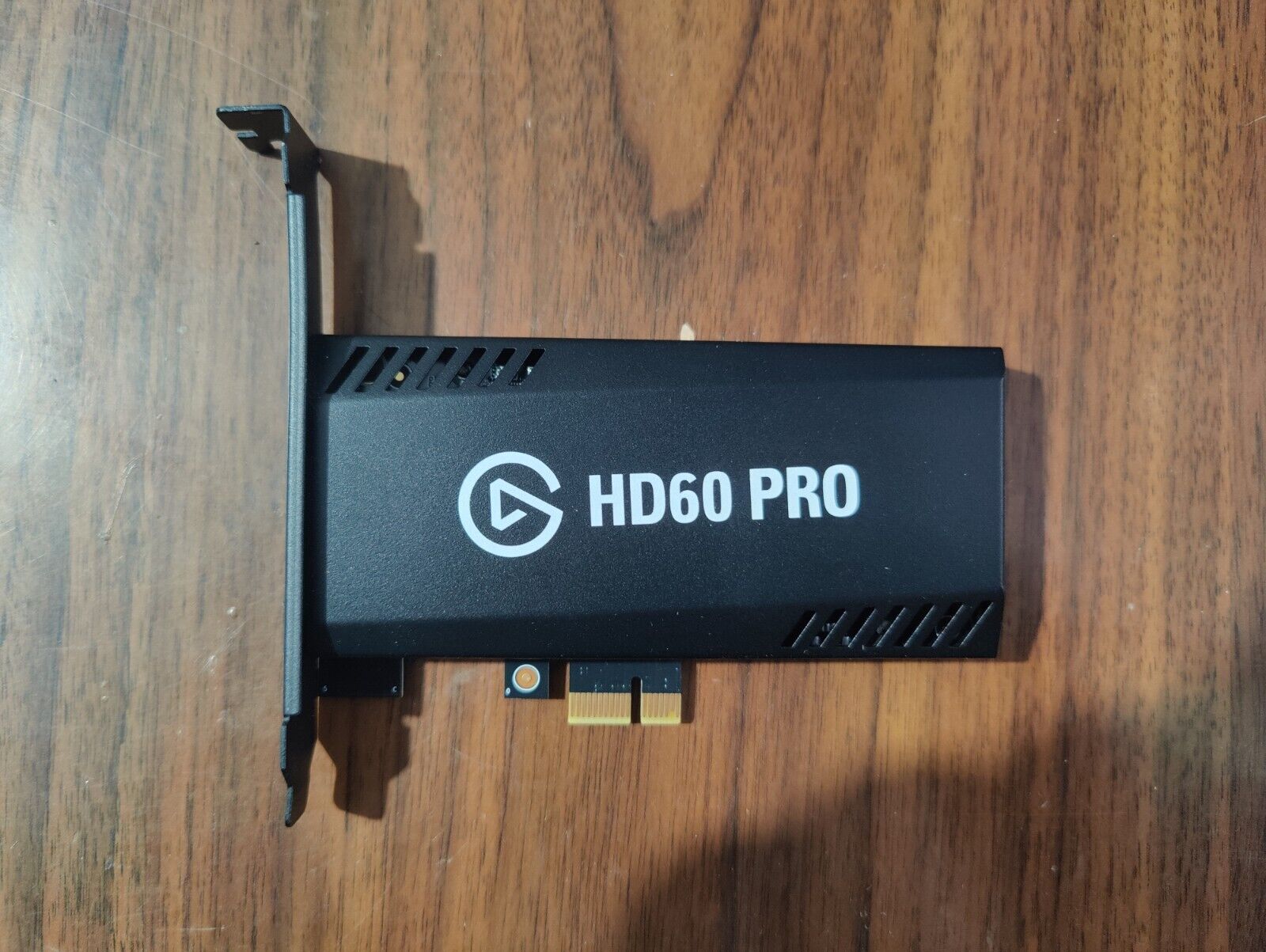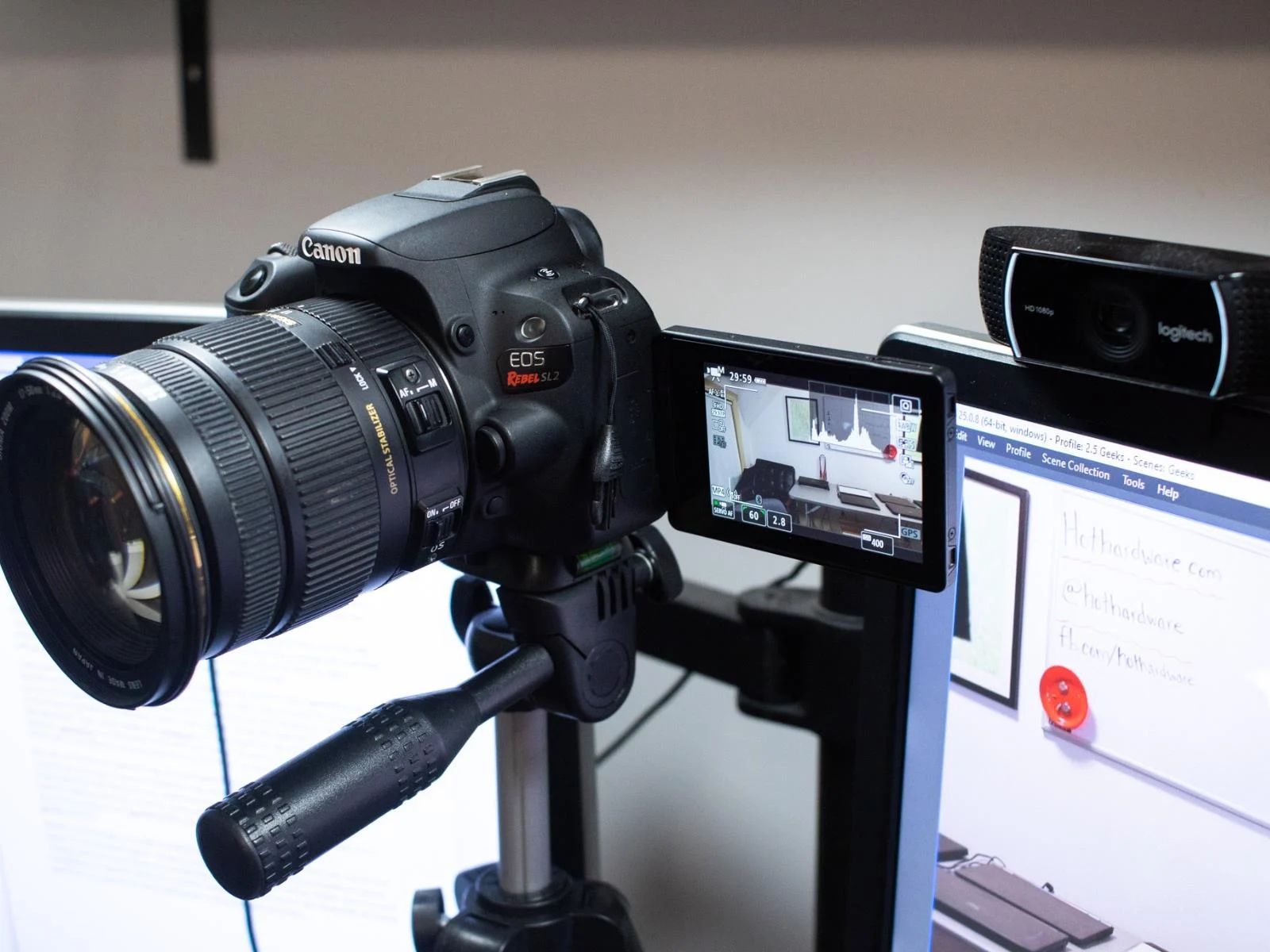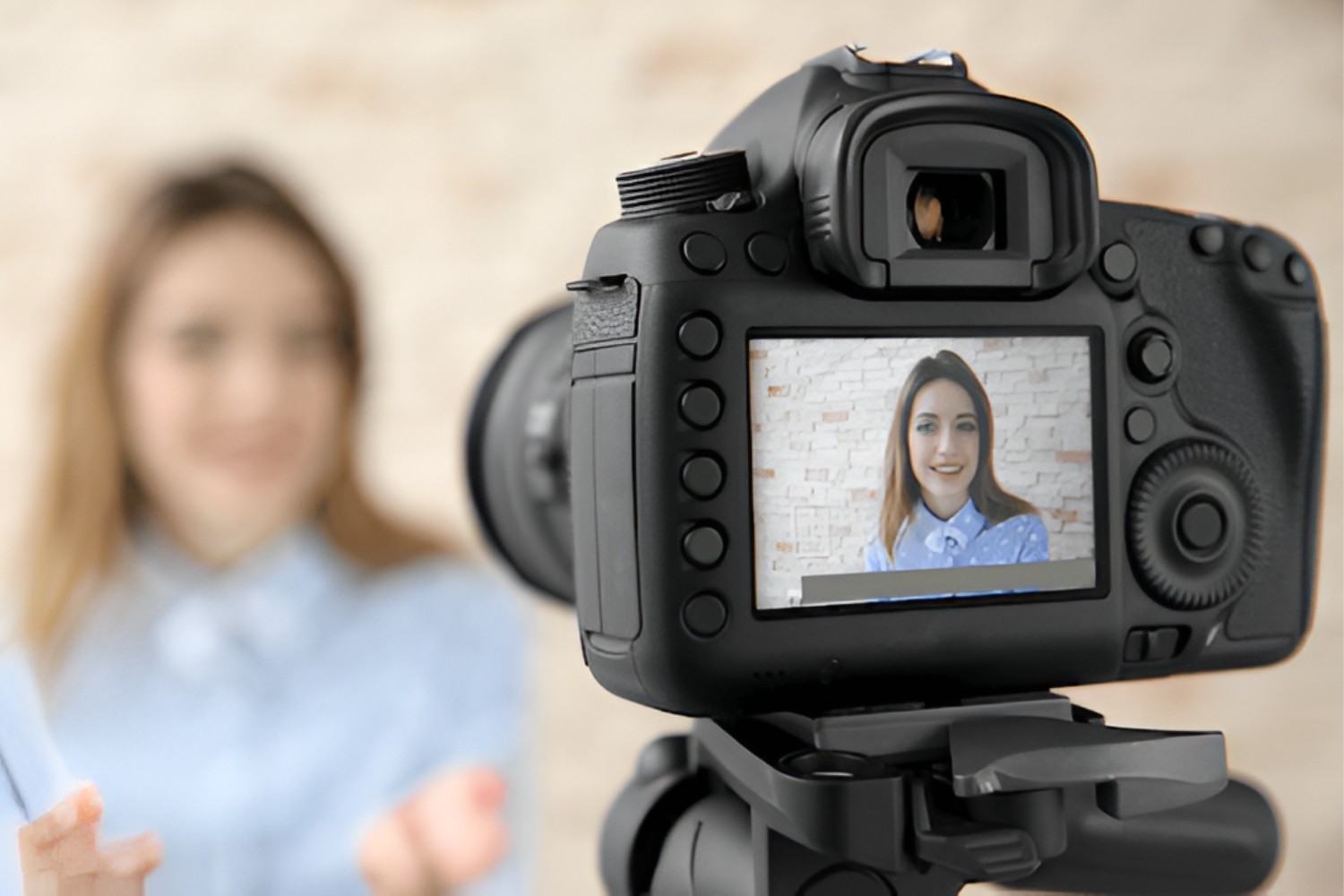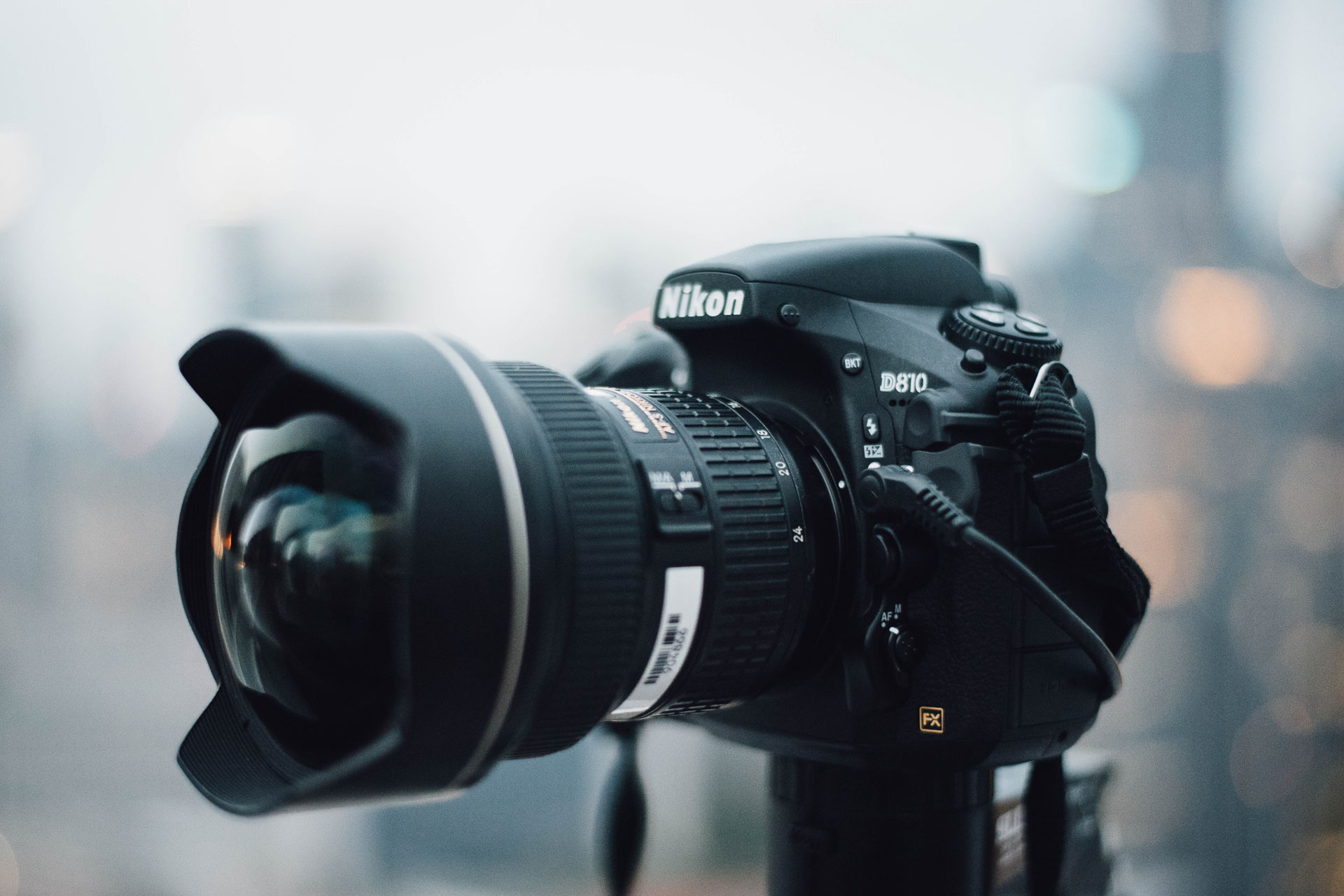Introduction
Introduction
Are you ready to take your IRL (In Real Life) streaming to the next level? Using a DSLR camera for IRL streaming can significantly enhance the visual quality of your content, providing your audience with a more immersive and professional viewing experience. DSLR cameras are renowned for their superior image quality, depth of field control, and low-light performance, making them an ideal choice for IRL streaming.
In this guide, we will delve into the intricacies of leveraging a DSLR camera for IRL streaming, covering everything from understanding your camera to optimizing its settings for the best results. Whether you're a seasoned content creator or just venturing into the world of IRL streaming, this comprehensive resource will equip you with the knowledge and techniques to elevate the production value of your live streams.
By the end of this guide, you will have a firm grasp of how to harness the power of your DSLR camera to create captivating IRL streaming content that stands out in the crowded online landscape. Let's embark on this exciting journey of unleashing the full potential of your DSLR camera for IRL streaming!
Understanding Your DSLR Camera
Before delving into the technical aspects of using a DSLR camera for IRL streaming, it’s crucial to develop a solid understanding of the key components and functionalities of your camera. DSLR cameras are revered for their versatility and advanced features, empowering content creators to capture stunning visuals with precision and creativity.
Interchangeable Lenses: One of the defining features of a DSLR camera is its ability to accommodate a wide array of lenses, each catering to specific shooting scenarios. Understanding the characteristics of different lenses, such as prime lenses for crisp portraits or wide-angle lenses for expansive landscapes, allows you to adapt to diverse IRL streaming environments with ease.
Manual Controls: Unlike point-and-shoot cameras, DSLRs offer extensive manual controls over settings like aperture, shutter speed, and ISO. Mastering these controls grants you the flexibility to adjust your camera’s parameters on the fly, ensuring optimal exposure and focus during IRL streaming sessions.
Articulating Screen: Many modern DSLR cameras are equipped with articulating screens that can be tilted or rotated. This feature is invaluable for IRL streaming as it enables you to frame your shots with precision, even in challenging angles or tight spaces, enhancing the overall visual composition of your live streams.
Customizable Functionality: DSLR cameras often boast customizable buttons and settings, allowing you to tailor the camera’s operation to suit your IRL streaming preferences. Whether it’s assigning quick access to critical functions or creating custom picture profiles, understanding and leveraging these customization options can streamline your streaming workflow.
By familiarizing yourself with these fundamental aspects of your DSLR camera, you lay the groundwork for harnessing its full potential in the context of IRL streaming. The next section will delve into the essential steps for setting up your DSLR camera to seamlessly integrate it into your live streaming setup.
Setting Up Your DSLR Camera for IRL Streaming
Now that you have a solid grasp of your DSLR camera’s core functionalities, it’s time to prepare it for IRL streaming. Setting up your DSLR camera involves configuring various aspects to ensure seamless integration with your streaming setup and optimal performance during live broadcasts.
Mounting and Stability: Begin by securing your DSLR camera onto a stable and reliable tripod or mounting system. Stability is paramount for IRL streaming, as it minimizes unwanted camera movements and ensures a steady, professional-looking feed for your audience.
Power Supply: Unlike traditional webcam setups, DSLR cameras typically require continuous power to sustain extended streaming sessions. Invest in a reliable AC adapter or compatible power bank to keep your camera powered throughout your broadcasts, eliminating the need for frequent battery changes or recharges.
HDMI Output and Capture Card: Most DSLR cameras offer HDMI output for real-time video transmission. To incorporate your DSLR camera into your streaming workflow, you’ll need a compatible HDMI capture card that connects to your computer. This allows your camera’s video feed to be recognized as a source by popular streaming software, such as OBS Studio or XSplit.
Remote Control and Monitoring: Utilize remote control apps or devices compatible with your DSLR camera to manage settings and monitor the live feed without physically accessing the camera. This remote functionality empowers you to make on-the-fly adjustments and ensures that your IRL streaming remains uninterrupted and dynamic.
Audio-Visual Sync: To avoid audio-visual desynchronization, configure your streaming software to account for any potential delays introduced by the DSLR camera’s video processing. This synchronization is crucial for maintaining a coherent viewing experience for your audience, especially during interactive IRL streaming sessions.
By meticulously setting up your DSLR camera for IRL streaming, you lay the groundwork for delivering high-quality, professional-grade content to your viewers. The next section will explore the integration of external microphones to elevate the audio quality of your IRL streams, complementing the visual enhancements provided by your DSLR camera.
Using External Microphones for Better Audio
While a DSLR camera significantly enhances the visual quality of your IRL streams, audio quality is equally vital in delivering an immersive and engaging viewer experience. Integrating external microphones into your setup can elevate the audio fidelity of your streams, ensuring that your audience receives crystal-clear sound to accompany the stunning visuals captured by your DSLR camera.
Types of Microphones: Consider the specific audio requirements of your IRL streaming content to determine the most suitable microphone type. Options range from lavalier microphones for hands-free mobility to shotgun microphones for capturing targeted sound sources, providing flexibility in addressing diverse streaming scenarios.
Audio Interface and Mixing: To integrate external microphones with your DSLR camera, an audio interface or mixer can be employed to consolidate and fine-tune multiple audio sources. This setup enables seamless synchronization of high-quality audio with your DSLR camera’s video feed, enriching the overall production value of your IRL streams.
Wireless Microphone Systems: For enhanced mobility and flexibility during IRL streaming, wireless microphone systems offer freedom of movement without compromising audio quality. These systems allow you to roam within your streaming environment, capturing clear and consistent audio while leveraging the visual capabilities of your DSLR camera.
Monitoring and Levels: Implement monitoring solutions to ensure optimal audio levels and quality during your IRL streams. Real-time monitoring of audio levels enables you to address any issues promptly, maintaining a balanced and immersive auditory experience for your viewers.
Post-Processing and Enhancement: Leverage post-processing tools and software to further enhance the audio captured during your IRL streams. Techniques such as noise reduction, equalization, and dynamic range compression can refine the audio output, delivering professional-grade sound to complement the visual prowess of your DSLR camera.
By integrating external microphones into your IRL streaming setup, you establish a harmonious synergy between high-quality visuals and pristine audio, elevating the overall production value of your live streams. The subsequent section will delve into the intricacies of adjusting your DSLR camera’s settings to optimize its performance specifically for IRL streaming, ensuring that you unleash its full potential in capturing captivating live content.
Adjusting Camera Settings for IRL Streaming
Optimizing your DSLR camera’s settings for IRL streaming is pivotal in ensuring that your live broadcasts exude visual excellence and consistency. By fine-tuning various parameters, you can harness the full potential of your camera to deliver captivating and professional-grade visuals to your audience.
Exposure and White Balance: Prioritize correct exposure and white balance settings to maintain natural and lifelike visuals during your IRL streams. Adjusting these settings mitigates the risk of overexposed or tinted footage, preserving the authenticity of your live content.
Frame Rate and Resolution: Tailor the frame rate and resolution of your DSLR camera to align with the requirements of your IRL streaming platform. Balancing smooth motion rendition with optimal bandwidth utilization ensures that your live streams are presented in the best possible quality without sacrificing performance.
Focusing Techniques: Explore focusing techniques, such as manual focus or autofocus modes, to achieve precise and consistent focus throughout your IRL streams. This attention to detail minimizes distractions and ensures that your visuals remain sharp and engaging, enhancing the overall viewer experience.
Picture Profiles and Color Grading: Leverage custom picture profiles and color grading presets to infuse your IRL streams with a distinct visual aesthetic. Tailoring the color reproduction and tonal characteristics of your footage adds depth and personality to your live broadcasts, setting them apart from standard webcam-based streams.
Low-Light Performance: Capitalize on your DSLR camera’s superior low-light performance to maintain exceptional image quality in various lighting conditions. Understanding and optimizing your camera’s low-light capabilities empowers you to deliver captivating IRL streams, even in challenging or dimly lit environments.
By adeptly adjusting your DSLR camera’s settings for IRL streaming, you pave the way for a visually compelling and immersive live streaming experience. The subsequent section will offer valuable tips and best practices to further enhance the quality and impact of your IRL streams, consolidating the knowledge and techniques acquired throughout this guide.
Tips for Better IRL Streaming with a DSLR Camera
As you embark on your journey of IRL streaming with a DSLR camera, embracing key tips and best practices can significantly elevate the quality and impact of your live broadcasts. These insights, honed through experience and expertise, empower you to maximize the potential of your DSLR camera and captivate your audience with compelling IRL streams.
Preparation and Rehearsal: Prior to your live streams, conduct thorough preparations and rehearsals to fine-tune your camera setup, audio-visual synchronization, and streaming environment. This proactive approach minimizes technical hiccups and ensures a seamless and polished IRL streaming experience for your viewers.
Dynamic Framing and Composition: Embrace dynamic framing and composition techniques to inject visual variety and energy into your IRL streams. Experiment with diverse camera angles, perspectives, and movements to create visually engaging content that holds the audience’s attention throughout the broadcast.
Engage with Your Audience: Foster interactive engagement with your audience during IRL streams by responding to comments, acknowledging viewers, and involving them in your real-time experiences. This interactive approach cultivates a sense of community and connection, enhancing the overall viewer experience and fostering viewer loyalty.
Lighting Considerations: Pay meticulous attention to lighting considerations, leveraging natural and artificial light sources to accentuate the visual appeal of your IRL streams. Thoughtful lighting enhances the ambiance, visual clarity, and overall production value of your live broadcasts, contributing to a captivating viewing experience.
Storytelling and Narrative: Infuse storytelling and narrative elements into your IRL streams, weaving compelling narratives and experiences that resonate with your audience. By crafting engaging and immersive storylines, you transform your IRL streams into captivating visual journeys that leave a lasting impression on your viewers.
Continuous Learning and Adaptation: Embrace a mindset of continuous learning and adaptation, remaining receptive to feedback, emerging trends, and technological advancements in the realm of IRL streaming. This proactive approach empowers you to refine your streaming techniques, expand your creative horizons, and stay ahead in the dynamic landscape of live content creation.
By integrating these tips into your IRL streaming endeavors, you harness the transformative potential of your DSLR camera, creating impactful, visually stunning live broadcasts that resonate with your audience and set new standards for immersive IRL streaming experiences.







